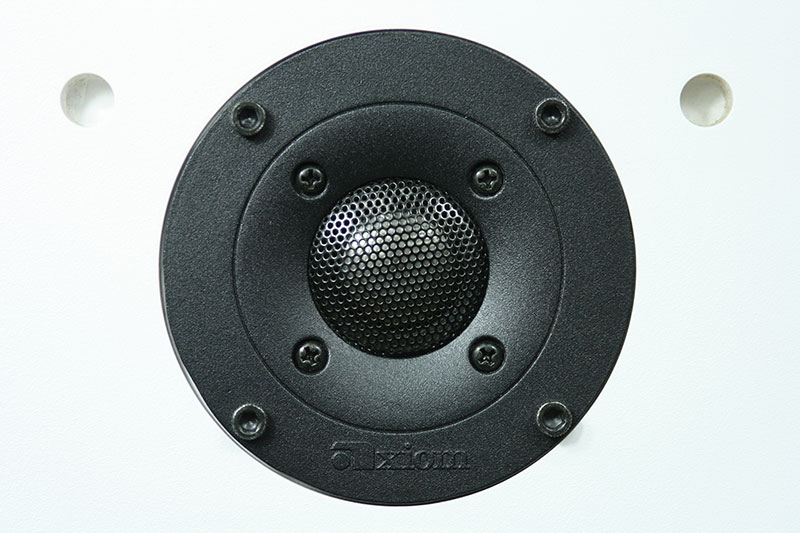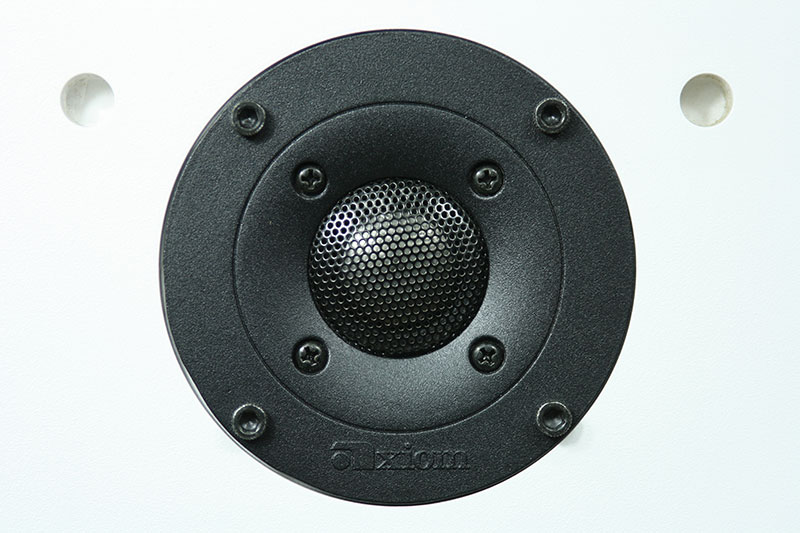
A. Well, at Axiom we mean the speaker reproduction is as close as possible to the original recording or performance. Though this may sound fundamental, it's surprising how few speakers are designed to this goal. From a measurement perspective this generally translates into a "linear" response. The speaker should evenly reproduce deep bass, upper bass, midrange sounds (including male and female vocals) and treble high-frequency sounds, neither exaggerating nor suppressing any segment of the tonal range, in order to qualify for the best speaker sound. If you drew a graph of a speakers response to every sound audible to the human ear, it would ideally be a straight horizontal line (hence the term "linear").
We actually calculate the way an Axiom speaker responds to sound by putting it inside an anechoic chamber (a room with no echoes), feeding it tones representing every frequency audible to humans--from the deepest bass at 20 Hz to the highest frequencies at 20,000 Hz--and then measure the speakers output with a microphone, graphing the results on a chart. An accurate or linear speakers output should approximate a smooth horizontal line, free of peaks or valleys in response. This would represent accurate reproduction of every frequency audible to the human ear and would be the speaker’s "frequency-response curve."
Since these same measurements can be performed at various axis degrees which causes them to change, the real designing comes in understanding the relationship of the entire "family" of curves and their eventual overall effect on the listening performance.
For more detailed information on finding the best speaker sound, read How To Judge Speaker Sound And Accuracy.





